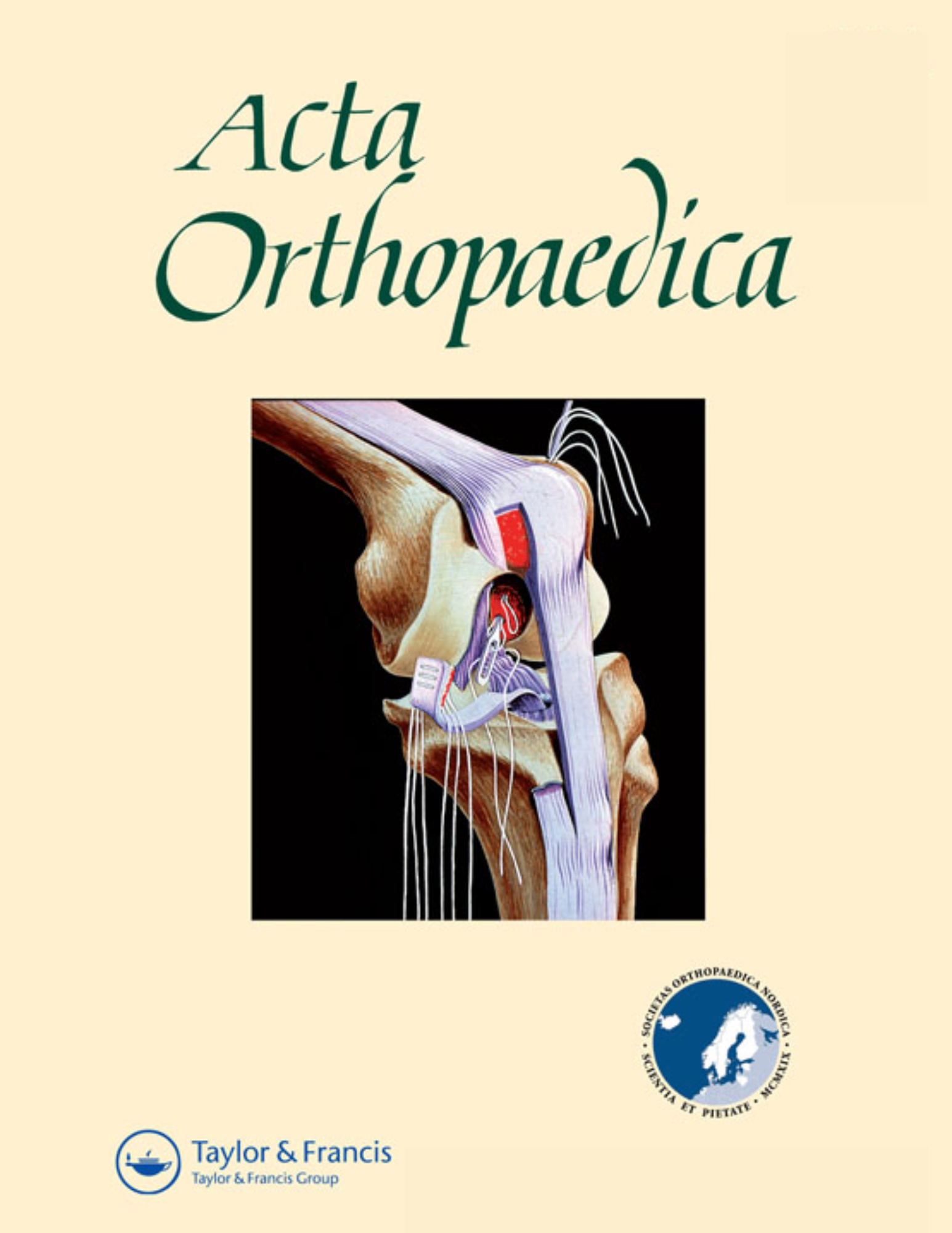
Use of local infusion analgesia for expedited patient recovery following THA

Use of local infusion analgesia for expedited patient recovery following THA
No evidence of a clinically important effect of adding local infusion analgesia administrated through a catheter in pain treatment after total hip arthroplasty
Acta Orthopaedica 2011; 82 (2): 315–320.Did you know you're eligible to earn 0.5 CME credits for reading this report? Click Here
Synopsis
60 patients undergoing non-cemented total hip arthroplasty and receiving standard pain treatment in the form of local infiltration analgesia (LIA) were randomized to receive either placebo or a postoperative solution of local infusion analgesia (LINFA). Postoperative assessments of pain, opioid consumption, and length of hospital stay indicated similar results for both groups.
Was the allocation sequence adequately generated?
Was allocation adequately concealed?
Blinding Treatment Providers: Was knowledge of the allocated interventions adequately prevented?
Blinding Outcome Assessors: Was knowledge of the allocated interventions adequately prevented?
Blinding Patients: Was knowledge of the allocated interventions adequately prevented?
Was loss to follow-up (missing outcome data) infrequent?
Are reports of the study free of suggestion of selective outcome reporting?
Were outcomes objective, patient-important and assessed in a manner to limit bias (ie. duplicate assessors, Independent assessors)?
Was the sample size sufficiently large to assure a balance of prognosis and sufficiently large number of outcome events?
Was investigator expertise/experience with both treatment and control techniques likely the same (ie.were criteria for surgeon participation/expertise provided)?
Yes = 1
Uncertain = 0.5
Not Relevant = 0
No = 0
The Reporting Criteria Assessment evaluates the transparency with which authors report the methodological and trial characteristics of the trial within the publication. The assessment is divided into five categories which are presented below.
4/4
Randomization
4/4
Outcome Measurements
4/4
Inclusion / Exclusion
4/4
Therapy Description
4/4
Statistics
Detsky AS, Naylor CD, O'Rourke K, McGeer AJ, L'Abbé KA. J Clin Epidemiol. 1992;45:255-65
The Fragility Index is a tool that aids in the interpretation of significant findings, providing a measure of strength for a result. The Fragility Index represents the number of consecutive events that need to be added to a dichotomous outcome to make the finding no longer significant. A small number represents a weaker finding and a large number represents a stronger finding.
Why was this study needed now?
The use of LINFA postoperatively to supplement LIA, following total hip arthroplasty, has increased significantly throughout clinical practices, as a means to expedite patient recovery. There currently exists a lack of RCTs regarding the efficacy of LINFA and supporting its use postoperatively.
What was the principal research question?
Does a postoporative LINFA regimen lead to reduced nausea and expedited patient recovery, as compared to a placebo control in patients undergoing total hip arthroplasty for primary osteoarthritis?
What were the important findings?
- There was a reduction in nausea and vomiting in the LINFA group (p=.02) in the short term (days 1 and 2)
- There was not a significant difference between the two groups in terms of the WOMAC pain scale, opioid consumption, and tiredness
- There was not a statistically significant difference detected in terms of length of stay; however, the results were trending towards a reduction in stay in the LINFA group (p=.09)
What should I remember most?
There was no significant difference established with respect to pain management, length of stay or tiredness. There was some indication that LINFA was associated with reduced nausea and vomiting during the early post-operative stage.
How will this affect the care of my patients?
The authors contend that although LIA with postoperative LINFA has become common clinical practice, there exists no documented benefit of LINFA with regards to patient recovery, pain, or tiredness. However, small sample size of this study should be taken into account.
Learn about our AI Driven
High Impact Search Feature
Our AI driven High Impact metric calculates the impact an article will have by considering both the publishing journal and the content of the article itself. Built using the latest advances in natural language processing, OE High Impact predicts an article’s future number of citations better than impact factor alone.
Continue



 LOGIN
LOGIN

Join the Conversation
Please Login or Join to leave comments.